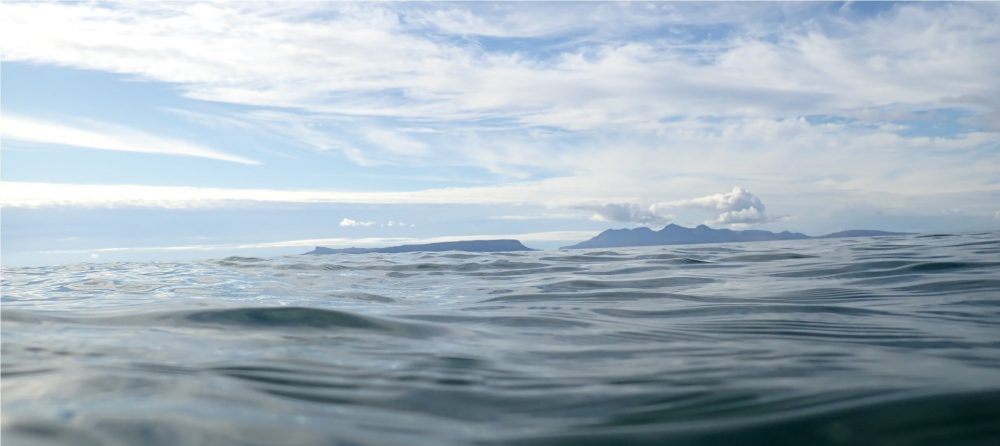
Wild swimming has increased in popularity during Covid-19 while swimming pools have been shut. Wild swimming suggests enjoying outdoor locations from the water. People swim competitively outdoors in triathlons, but I feel the lack of competition defines wild swimming. Swimming in the sea, lake, loch, reservoir, or river at your own pace exploring means ‘wild swimming’. Social media, websites and books have amplified this individualistic pursuit with claims for mental and physical health benefit.1 However, there are many alternative choices for healthy lifestyles, and I would not recommend it as a health penance!
The normal and abnormal physiology of cold-water immersion
The physiology of cold-water swimming is interesting. You experience it for real each time. UK water temperatures are 6 – 12 degrees centigrade, so you are guaranteed to be mildly hypothermic after 20-30 minutes, depending upon your energy production. Channel swimmers should not be able to survive the heat loss, but some special people are able to train their physiological responses. Facial immersion and breath holding causes a reflex bradycardia. Most of the heat is lost via head and neck, which cannot be vasoconstricted. Circulation to the arms and legs is reduced to conserve heat at the core for survival. When core temperature is 35 degrees, we become mentally confused and by 32 degrees we are risking ventricular fibrillation.2

Acute Pulmonary Oedema from cold water swimming and diving is a rare event in middle aged swimmers, which may be the signal for later significant hypertension.4
Adventure sports require planning and anticipation of known risks. In wild swimming you should limit your exposure without a wet suit to 20-30 minutes and get out quickly if you are losing the feeling of your arms and legs. Your decision-making capacity will be seriously impaired in early hypothermia. When you come out, the ‘after drop’ of core temperature during the re-warming period means your core temperature will continue to drop as you go into uncontrolled shivering and the circulation to your arms and legs opens up. It is crucial to anticipate and prevent these risks by setting time limits in advance and wearing a watch.
Enjoy the moment!

This summer I have swum from beaches, freshwater lochs and mountain pools without a wetsuit and mornings before work with a wetsuit. The early tranquillity is the privilege of being a GP in the West Highlands! I have swum with swans, herons, oyster catchers and northern divers on Loch Linnhe. Seals and a dolphin pod in the distance in Arisaig bay.
Equipment
- The most import equipment is plastic swimming sandals which you keep on, for safe entry and exit.
- Buy a back-zip wetsuit designed for swimming to get central buoyancy and arm movement. Gloves, socks, and helmet are essential.
- Goggles or a mask with prescription lenses help safety.
- Orange swimming floats have a roll top dry bag for phone and car keys with inflatable flotation chambers. You tow it on a waist band with handles for a rest.
- Dry robes are changing capes for costume swimmers.
- Read the weather, tide, flowing water hazards and safety notices.
Enjoy the moment!
References
1 . https://www.wildswimming.co.uk/ ( last accessed 22 November 2020)
2. Golden, F S; Tipton, M J; Scott, R. Immersion, near-drowning and drowning. Br J Anaesth 1997; 79(2):214-25.
3: Castellani, J W; Young, A J; Sawka, M N et al. Amnesia during cold water immersion: a case report Wilderness Environ Med 1998; 9(3):153-5.
4. Wilmshurst PT. Immersion pulmonary oedema: a cardiological perspective. Diving and Hyperbaric Medicine 2019;49(1):30–40. doi: 10.28920/dhm49.1.30-40. PMID: 30856665.
Photos by the author.








